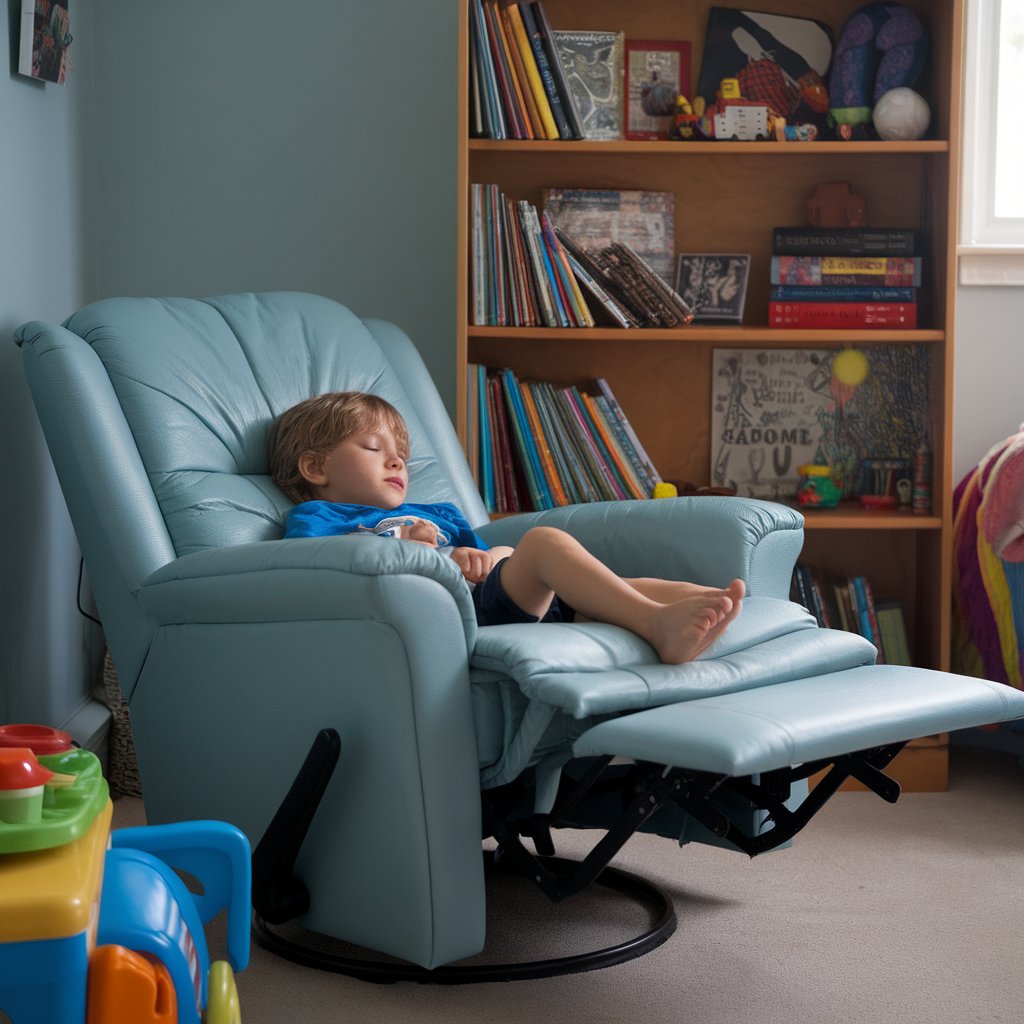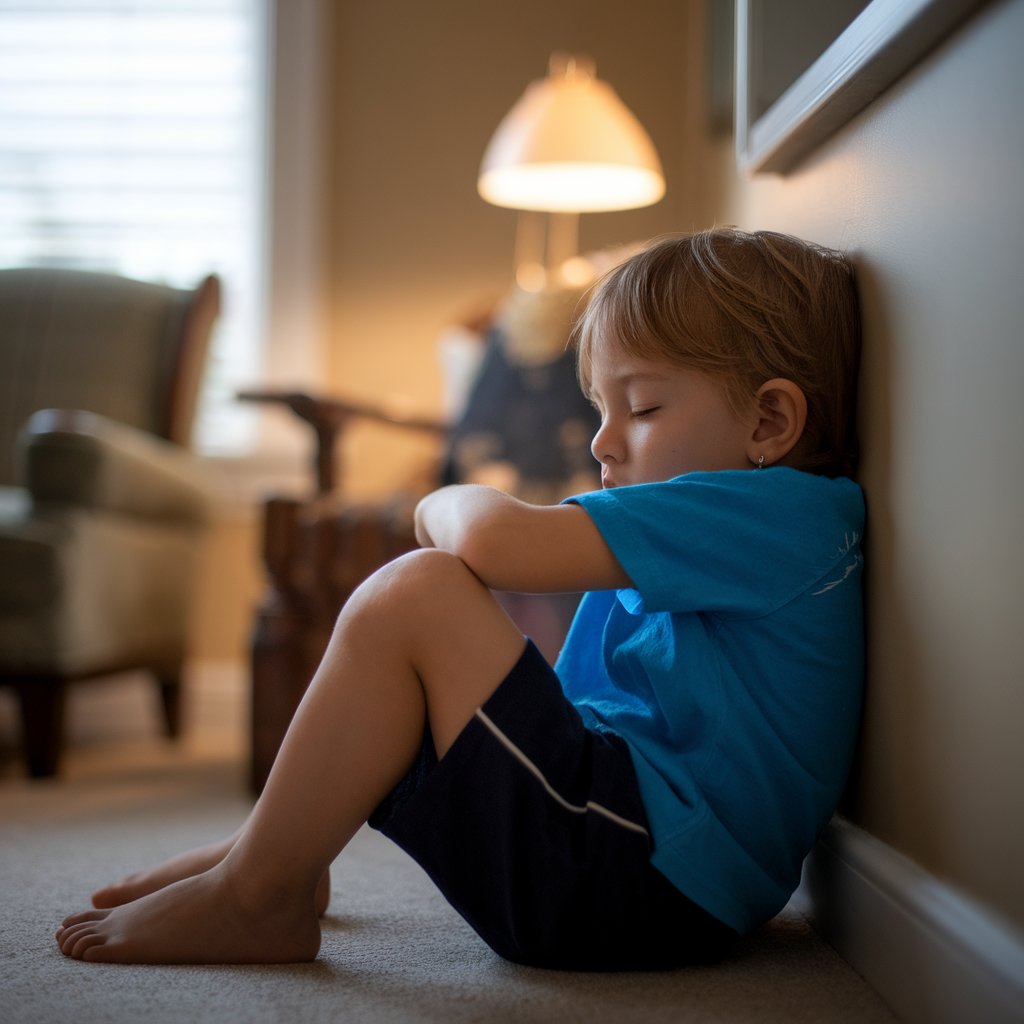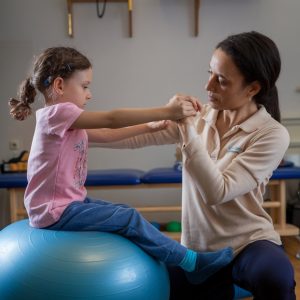Every parent in the UK wants their child to have a comfortable, refreshing night’s sleep, vital for healthy growth, learning, and overall happiness. How children sleep can significantly affect their posture, flexibility, and even daytime energy levels. That’s why finding the best sleeping position for kids can be a game-changer for establishing a healthy routine and promoting strong physical development. With the right guidance, bedtime can become easier for children and parents.
PT Kids understands how vital proper rest is to support children’s developmental milestones. Whether you have a newborn rolling to their side or a toddler restless in bed, we’re here to help you navigate the common challenges of paediatric sleep. In this blog, we’ll reveal the best sleeping position for a child and share practical tips for healthy sleeping habits.
Understanding Child Sleep Needs
Children in the UK typically require differing amounts of sleep depending on their age. Babies may need up to 16 hours of rest, toddlers around 12 hours, and school-aged children anywhere from 9 to 11 hours nightly. Each growth stage comes with unique physical and cognitive demands, so establishing consistent bedtimes and paying attention to a child’s comfort can help them thrive and wake feeling refreshed.
Structured bedtime routines and a calm environment can go a long way in supporting children’s emerging sense of security. You can promote calmer nights by focusing on supportive bedding, dim lighting, and gentle pre-sleep activities. Moreover, choosing a supportive mattress for a child’s sleep is crucial. Proper support promotes healthy spinal alignment, reduces discomfort, and helps children achieve the deep, restorative sleep they need for growth and wellbeing.
Why Sleeping Position Matters
The best position to sleep for kids is one that helps maintain proper neck and spine alignment. This support can prevent aches, encourage healthy muscle development, and reduce disruptive tossing and turning. In younger children, safe sleeping positions for babies may also help reduce breathing difficulties and support physical development. Understanding these nuances can help parents build healthy sleeping habits for children.
In addition to posture, certain positions may help with common child health concerns. For instance, side sleeping benefits for children prone to mild reflux or congestion can sometimes provide relief. However, ensuring the sleeping environment is secure and comfy remains a top priority. Paediatric sleep recommendations often highlight the importance of consistent routines and mindful positioning, leading to better sleep quality for little ones.
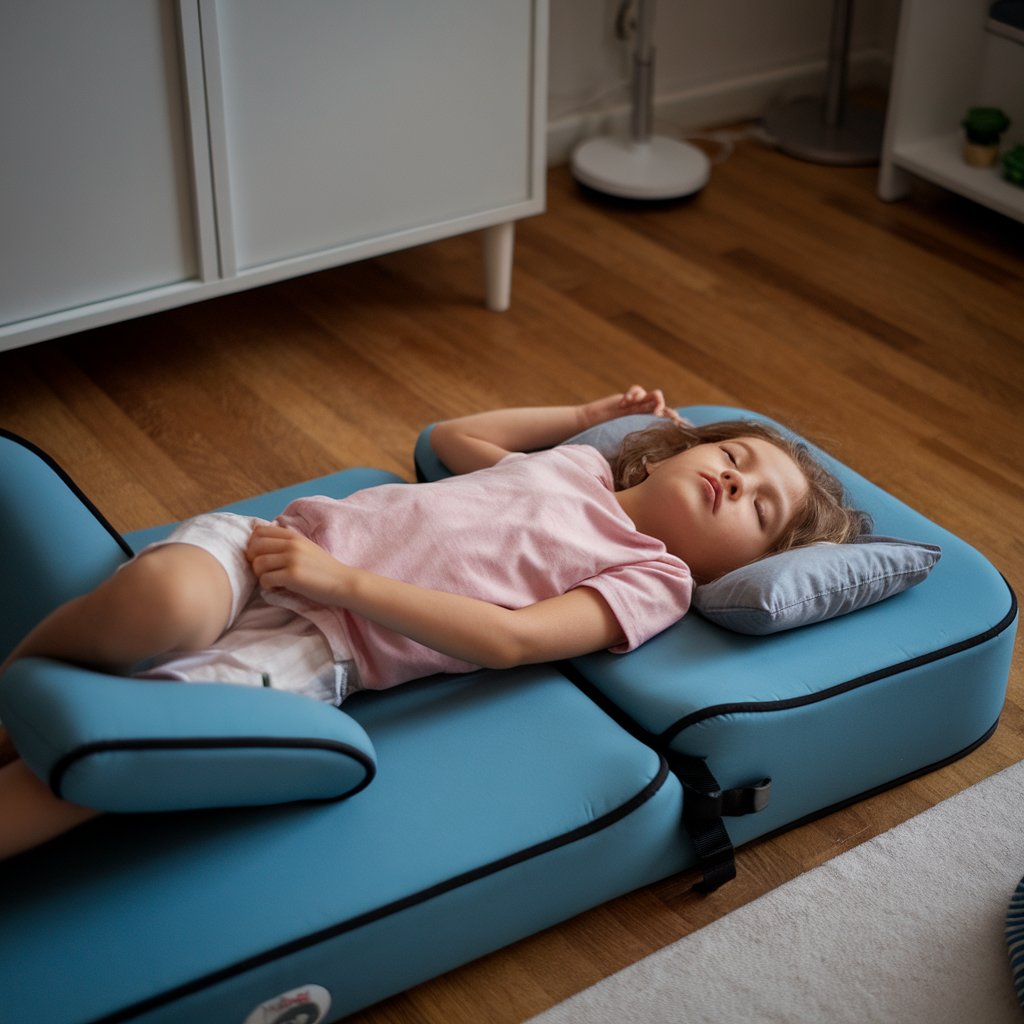
Recommended Positions by Age Group
For newborns and babies, the NHS recommends placing them on their back for every sleep. Ensuring a safe baby sleep environment setup—free of clutter, loose blankets, or pillows—helps minimise risks associated with decreased oxygen intake. Once a newborn rolls to the side, ensure the area is suitable and free from hazards. For toddlers, many discover side or back sleeping spontaneously, providing adequate support for a growing spine.
For older children, these positions often remain best:
- Back sleeping: Encourages even weight distribution and neutral spine alignment.
- Side sleeping: This may help reduce nighttime coughing during colds and can be done in a snug position, especially with a supportive pillow.
- Stomach sleeping: Not typically recommended, as it may lead to neck strain and limit airflow.
Tips to Improve Your Child’s Sleeping Habits
Establishing healthy sleeping habits for children often begins with a bedtime routine. Gentle, consistent steps—like a warm bath, a calming story, or soothing background music—can signal that it’s time to rest. Consider whether your child might benefit from paediatric physiotherapy or occupational therapy with PT Kids if you notice persistent difficulties. Our approach addresses any underlying postural or sensory challenges that might disrupt your child’s ability to settle comfortably.
Beyond routines, here are some sleep hygiene tips for children:
- Keep screens out of the bedroom to reduce overstimulation
- Ensure the bedroom is cool, quiet, and dimly lit.
- Promote daily physical activity, as it helps children use up energy in a healthy way
- Help them wind down with calm tasks before bedtime, which fosters relaxation and readiness for sleep.
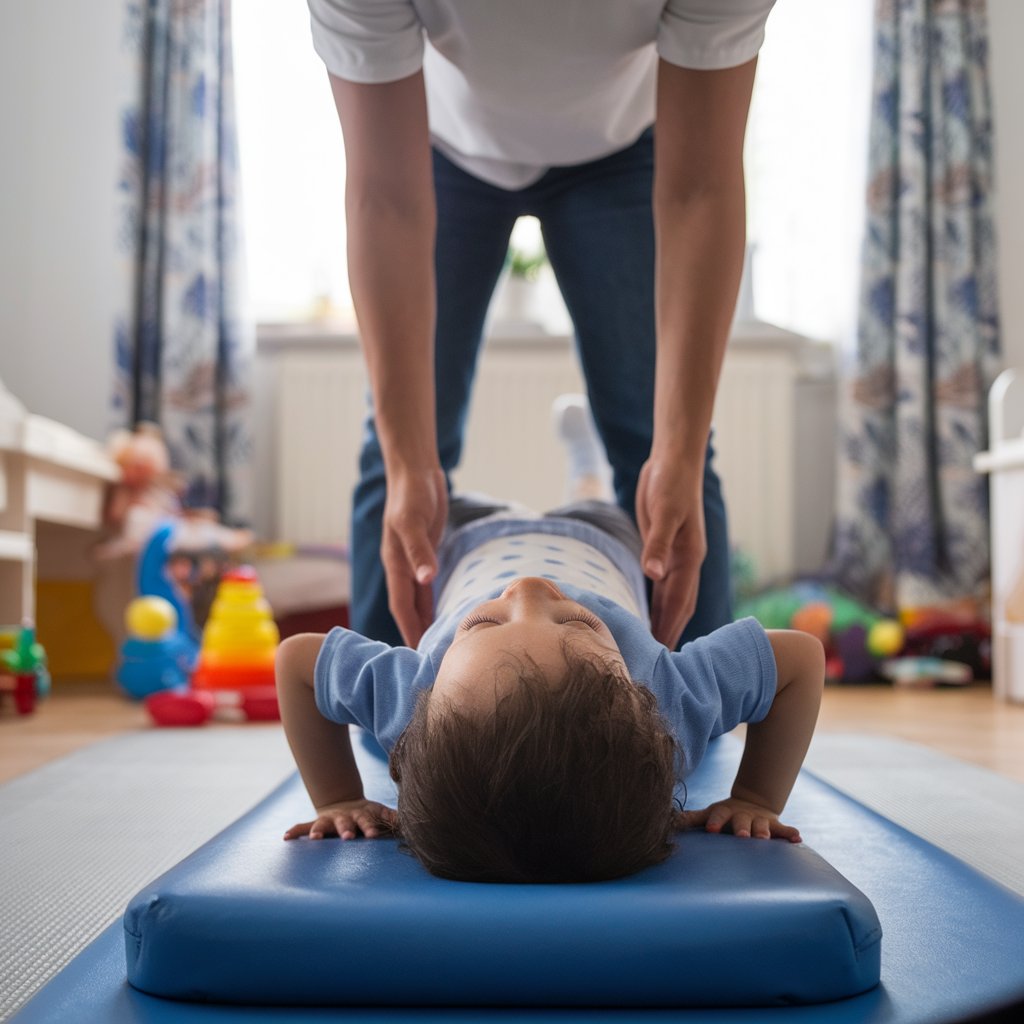
When to Seek Professional Advice
Sometimes, even tried-and-true strategies don’t fully resolve bedtime battles. Professional guidance can be invaluable if your child experiences discomfort or unusual restlessness. At PT Kids, our team provides targeted support that addresses musculoskeletal, postural, and coordination challenges. We can assess how specific sleeping positions affect overall physical development and recommend adjustments tailored to your child’s needs.
We look at underlying factors influencing your child’s sleep through paediatric physiotherapy and occupational therapy, improving neck alignment, ensuring a comfortable transition when sleeping safely if your baby has a cold, or offering newborn cold and congestion care tips. Our therapists provide expert solutions; these interventions can make a meaningful difference in how children relax and recharge every night.
Conclusion
Ensuring your child finds the best sleeping position is more than just comfort—it’s a cornerstone of healthy growth, posture, and daily energy. Creating consistent bedtime routines, emphasising posture-friendly sleeping positions, and providing a calm environment will pave the way for restful nights and happier mornings, boosting your child’s overall development and wellbeing.
PT Kids is here to guide families across the UK every step of the way. Our dedicated physiotherapists and occupational therapists offer a child-centred approach that encourages independence, confidence, and peace of mind. If you’re ready to explore professional support, book an initial consultation with PT Kids—together, we can nurture healthy sleeping habits.
